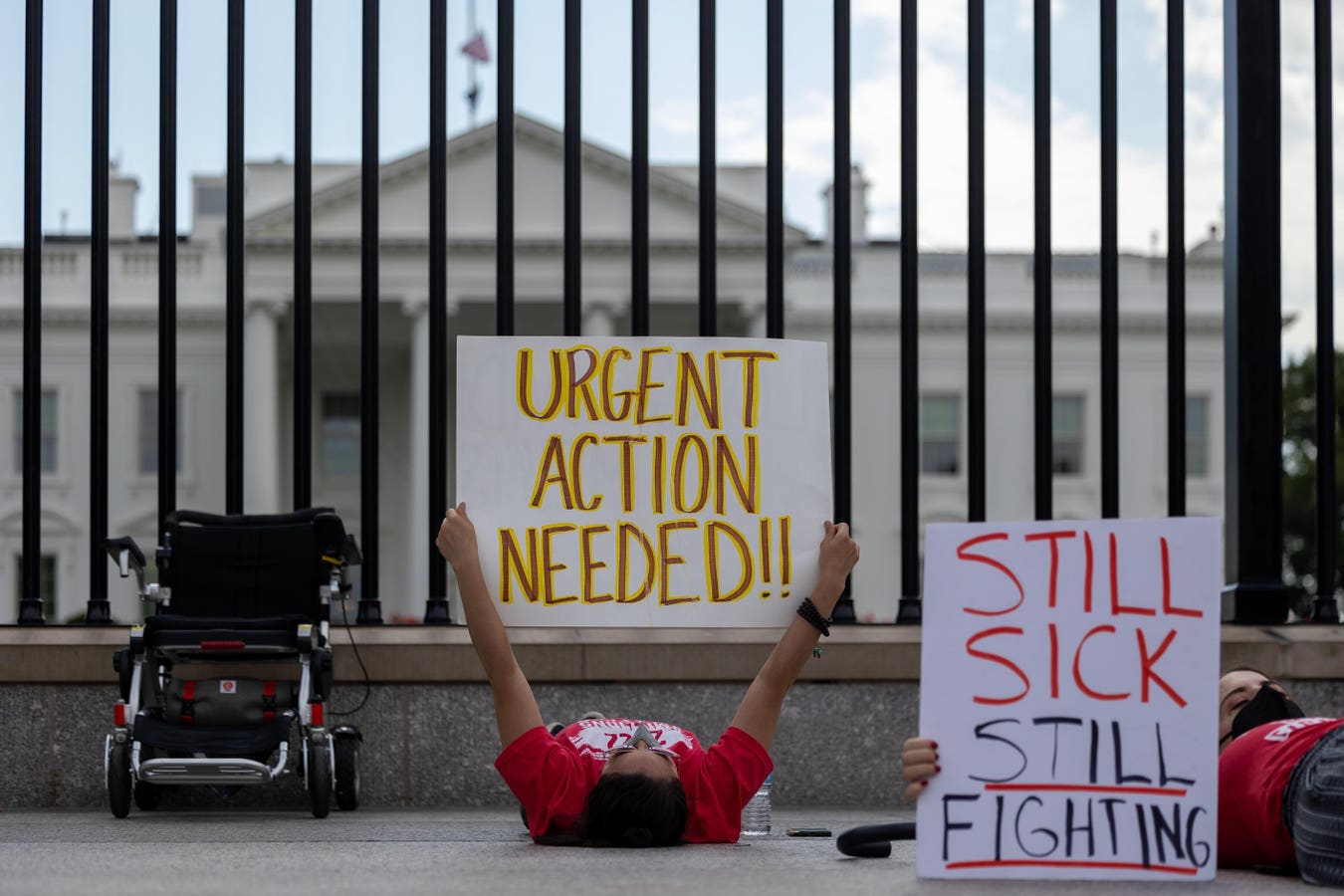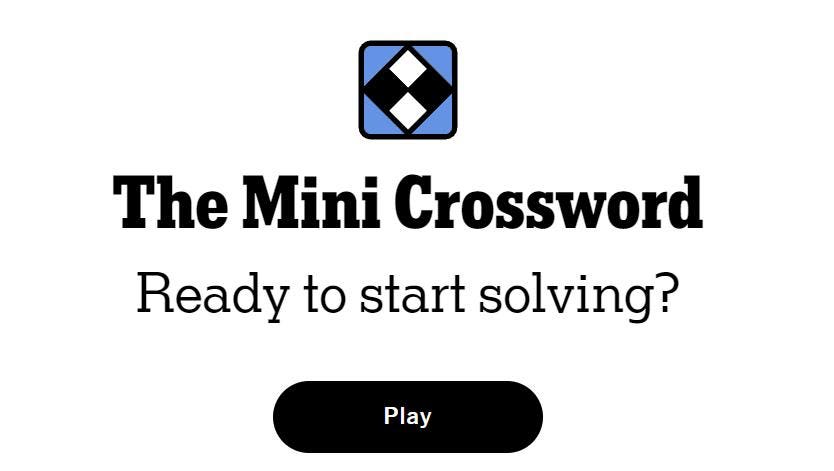Washington DC, USA- September 19: Protestors lay down outside the White House to call attention to … More
Long Covid symptoms are completely different in infants and toddlers, a recent JAMA Pediatrics study found. While infants and toddlers between the ages of 0 to 2 years are more likely to experience a stuffy nose, cough, poor appetite, fussiness, and sleep problems, children between the ages of 3 to 5 years mainly complain of sleepiness, feeling tired during daytime, low energy and dry cough.
The study included 472 infants and toddlers, out of which 278 tested positive for Covid-19 and another 539 preschool-aged children. In this age group, 399 had been infected with the coronavirus. “Studying long Covid in early childhood presents unique challenges due to rapid developmental changes and limited verbal communication, requiring caregivers to observe, identify, and interpret symptoms,” the researchers wrote in the study. “These challenges have limited the understanding of symptom profiles in young children. Most long Covid studies that involve young children, including controlled studies, either do not report age-specific subgroup analyses or young children are not well represented.”
“Other Covid-19 studies have focused on SARS-CoV-2 exposure during pregnancy and offspring outcomes, with mixed findings related to birth defects, prematurity, and delayed developmental milestones. However, incomplete knowledge of prolonged symptoms experienced after a young child’s own SARS-CoV-2 infection hinders prevention and treatment of LC in infants, toddlers, and preschool-aged children. This is a substantial gap, given that early childhood is a critical period in setting lifelong health trajectories,” they added.
The researchers observed that 114 of the 278 infants/toddlers with a history of a Covid-19 infection and 49 of 194 infants or toddlers who did not get infected had at least one prolonged symptom. Whereas 45% of children who had Covid-19 and 37% who did not test positive reported at least one prolonged symptom.
Among children, the most common symptom was dry cough (74%), followed by tiredness and daytime sleepiness (33%).
“The findings that infants/toddlers and preschool-aged children have varied symptoms may be explained by the fact that symptoms in younger children are reported based on what caregivers can observe rather than what the children themselves are feeling and describing because most children in this age group do not yet have the language, social skills, or understanding of symptoms to share what they are experiencing,” the researchers explained.
“For example, fears and feelings of pain, brain fog, headache, tiredness, or changes in taste and smell may be hard to identify if the child cannot verbalize their internal feelings or sensations, whereas a symptom such as a cough is easily observed,” they added. “A further complication is that the identified symptoms may occur commonly in young children because of their naive immune systems. Daytime sleepiness, trouble sleeping, cough, stuffy nose, and poor appetite can occur in many acute and chronic early childhood illnesses.”
A 2021 study published in Frontiers in Pediatrics compared the long Covid symptoms of children of all age groups including newborn infants to 18-year-olds, and observed that persistent post-viral symptoms were significantly more common after a Covid-19 infection. The most common symptoms were fatigue, irritability and mood changes, headaches, runny nose, cough, and loss of smell and taste.







